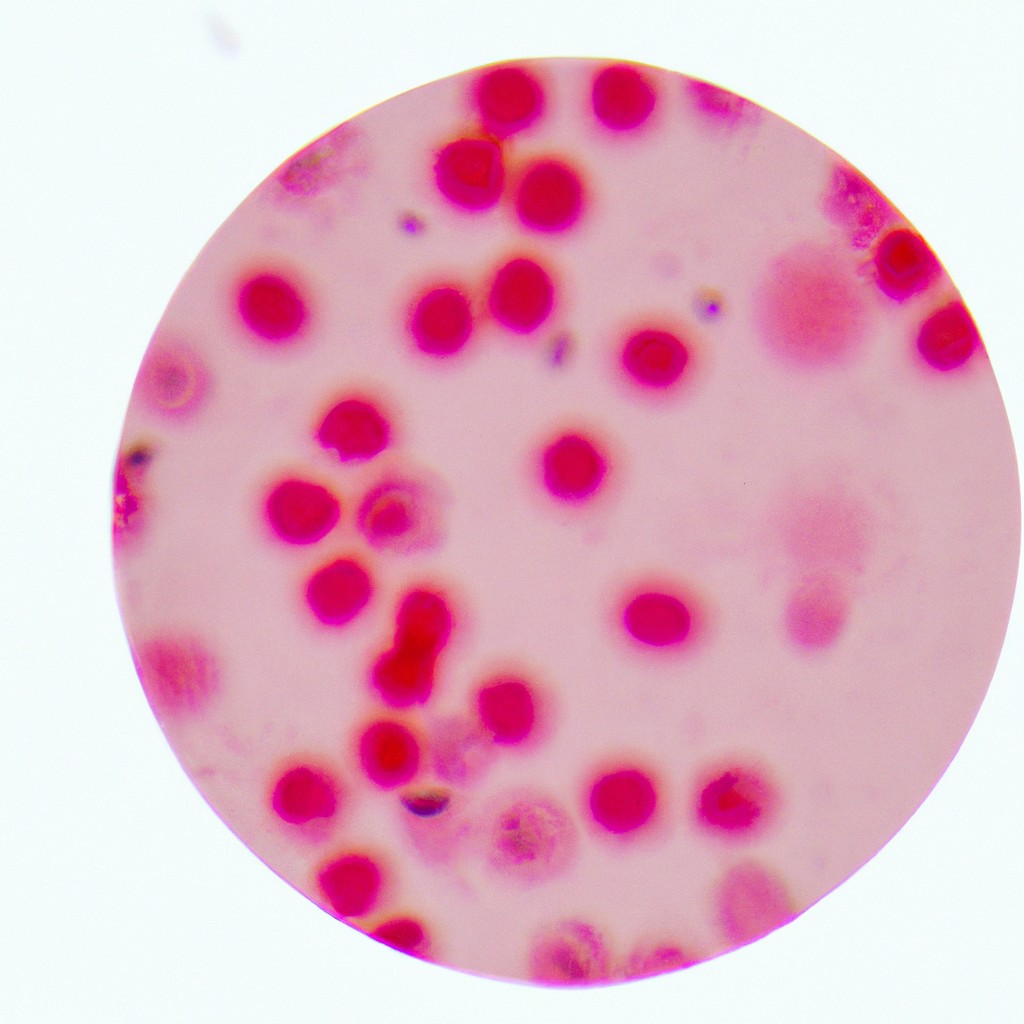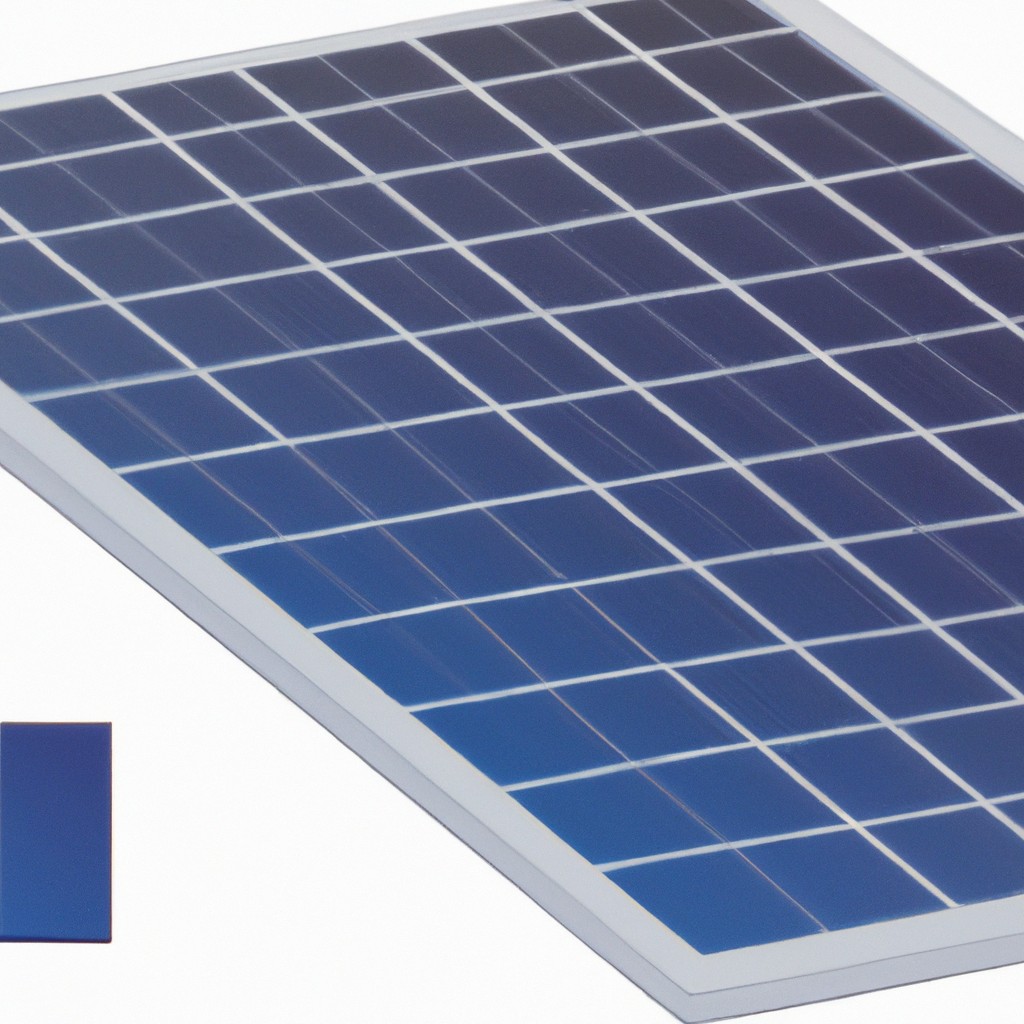Discover what solar lentigo is, what causes it, and how you can protect your skin from these sun-induced spots.
Key takeaways:
- Solar lentigo are sun-induced spots on skin.
- UV rays cause clumps of excess melanin.
- Spots appear on sun-exposed areas like face, hands.
- Visit dermatologist for diagnosis and treatment.
- Prevention includes sunscreen, hats, avoiding peak sun hours.
Definition and Causes

These little brown or black spots on the skin often pop up after many sunny days. Think of them as souvenirs from the sun. Typically, they appear on areas that catch rays frequently, like the face, hands, shoulders, and upper back.
Ultraviolet (UV) rays from the sun are the main culprits. They decide to mess with the skin’s pigment cells, causing clumps of excess melanin. Voila! A solar lentigo or two or ten.
Blame also rests on the shoulders of the sun-loving older folks. These spots are much more common in adults over 50. However, young sun worshippers aren’t entirely off the hook and can collect these spots earlier on.
Let’s not forget tanning beds. These artificial sun booths have a sneaky way of accelerating the process. Spots are a package deal with those faux sun sessions.
Appearance and Symptoms
Think of solar lentigines as Mother Nature’s way of giving you permanent sun kisses, except they’re not quite as charming. These spots make their grand entrance as flat, brown, or black patches on your skin, typically appearing on sun-exposed areas like your face, hands, shoulders, and arms. They range in size from tiny freckles to larger, more conspicuous marks.
Worried you’ve stumbled upon some interspersed polka dots? No fear! They’re usually painless and don’t itch or cause any discomfort. But beware, they love to cluster together like a bunch of gossiping schoolgirls. Over time, they might become more numerous and slightly darker, especially if you continue to sunbathe like a sun-chasing lizard.
Think of them as sun souvenirs you didn’t ask for but got anyway.
Diagnosis Process
Your first move when suspecting a solar lentigo? Visit a dermatologist.
The doc will take one look at your skin, and voilà, usually that’s all it takes. However, they might use a dermatoscope — a fancy magnifying tool — to get a closer look. Think of it as the detective’s magnifying glass in a skin whodunit.
Biopsy time! Okay, maybe not always. But if there’s any doubt, a small sample might be taken for lab analysis. Snip, snip. It sounds scarier than it is.
No high-tech gizmos or complicated tests here. It’s plain ol’ eyes and sometimes a little help from a scope or lab. Easy peasy.
Treatment Options
The good news is there are several ways to manage those pesky sunspots, so you don’t have to live with them forever.
First up, we have topical treatments. Creams containing retinoids or alpha hydroxy acids can help fade the spots over time. It’s like giving your skin a little magic eraser, but be patient; it takes a few weeks to see results.
Then there’s cryotherapy. This one sounds a bit sci-fi, but it’s simple. The doctor applies liquid nitrogen to freeze the spot. It’s like giving your lentigo the cold shoulder—literally—and the spot fades away as the skin heals.
Laser therapy is another effective option. Using focused beams of light, laser therapy targets and breaks down the pigment. It’s like sending a superhero to zap away those spots. Poof! Gone.
Chemical peels can also help. These involve applying a chemical solution to exfoliate the skin and promote new growth. Think of it as giving your face a fresh coat of paint but without the fumes.
Lastly, there’s microdermabrasion. This is a gentle procedure where the outer layer of skin is exfoliated to promote fresh skin growth. It’s like giving your face a mini polish—without the car wax.
Prevention and Management
Wearing sunscreen is your new best friend. Slather it on, especially when spending time outside. The higher the SPF, the better.
Embrace that chic, wide-brimmed hat look. Hats not only add style but also keep harmful UV rays off your face.
Avoid the peak sun hours from 10 AM to 4 PM. If you absolutely must venture out, think of yourself as a vampire and stick to the shade.
Regularly check your skin. Spot anything new or unusual? Get it looked at by a professional.
Hydrate and nurture your skin with moisturizers. Keep it happy and healthy, and it might just behave better.
Remember, even cloudy days can be sneaky, so keep up the good habits regardless of the weather.




